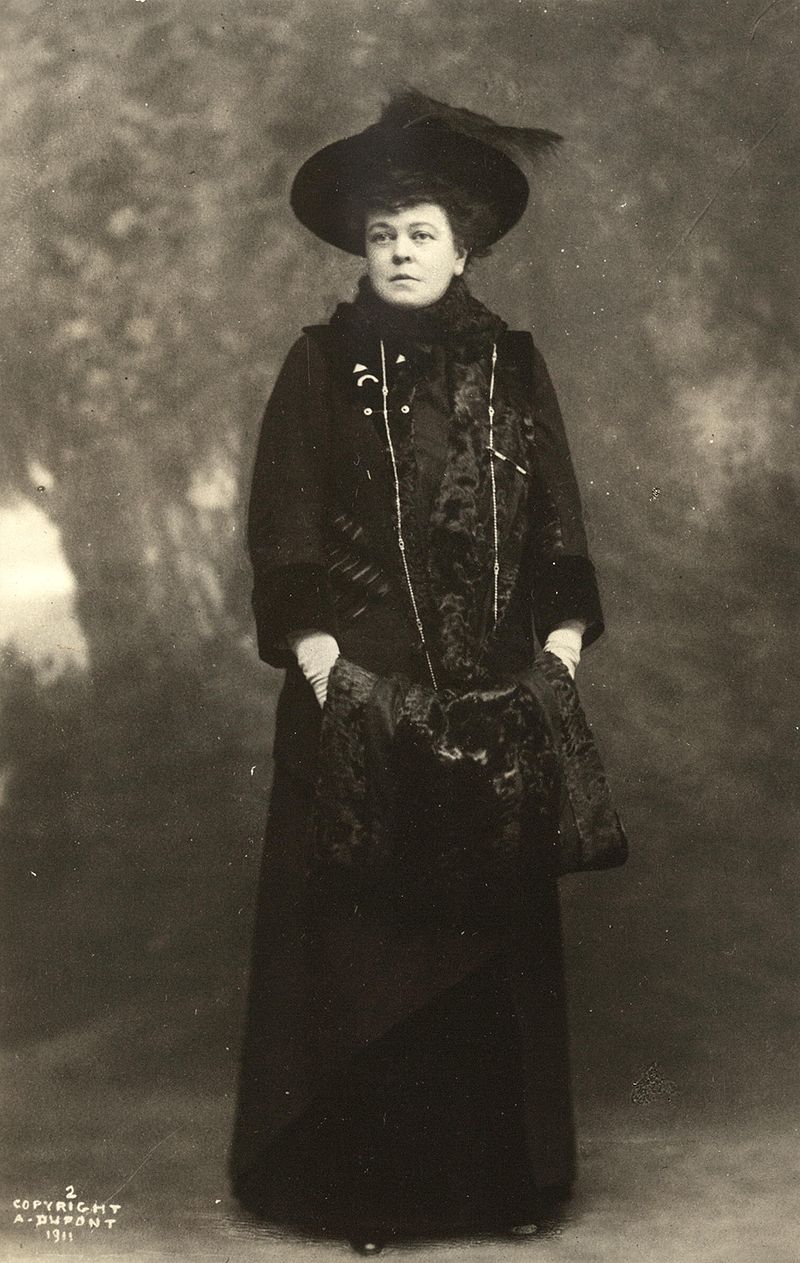 Library of Congress
Library of Congress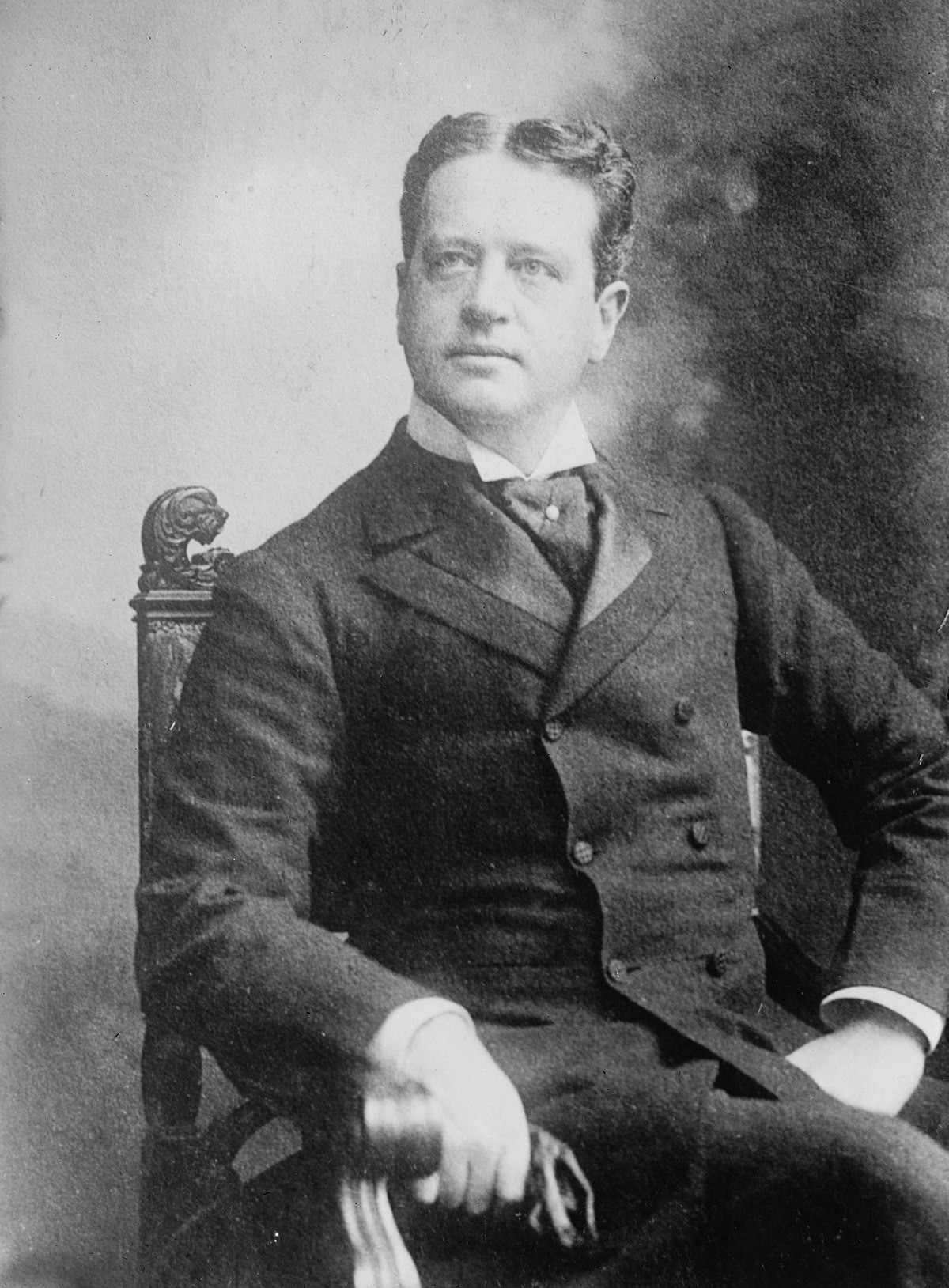 Library of Congress
Library of CongressAfter the American Civil War, Alva’s family had lost their fortune, and were living in New York City. Alva knew she needed to marry someone wealthy to regain status. That someone became William K. Vanderbilt (brother of Frederick Vanderbilt). Alva thought Willie, as she called him, wonderful. He was handsome, strong, and most importantly, rich. They married in 1875 and had three children: a daughter named Consuelo and two sons named William Jr. and Harold. Despite her marrying a Vanderbilt, Alva still felt she and her husband were being ignored by New York City society. She particularly resented the fact Mrs. Astor, the queen of New York society, had not invited Alva and her husband to one of Mrs. Astor’s balls. Mrs. Astor did not like new money families, such as the Vanderbilts, who thought they could buy their way into high social status. Alva decided to hold her own ball on March 26, 1883. She invited 1,000 people, all decorated in elaborate costumes, to her and William’s mansion at 660 5th Avenue in New York City. Mrs. Astor had to ask for an invitation. The ensuing success of ball, with it being reported in every major New York paper, made sure Mrs. Astor never forgot Alva, and the Vanderbilts, ever again.
 Gotham Magazine
Gotham Magazine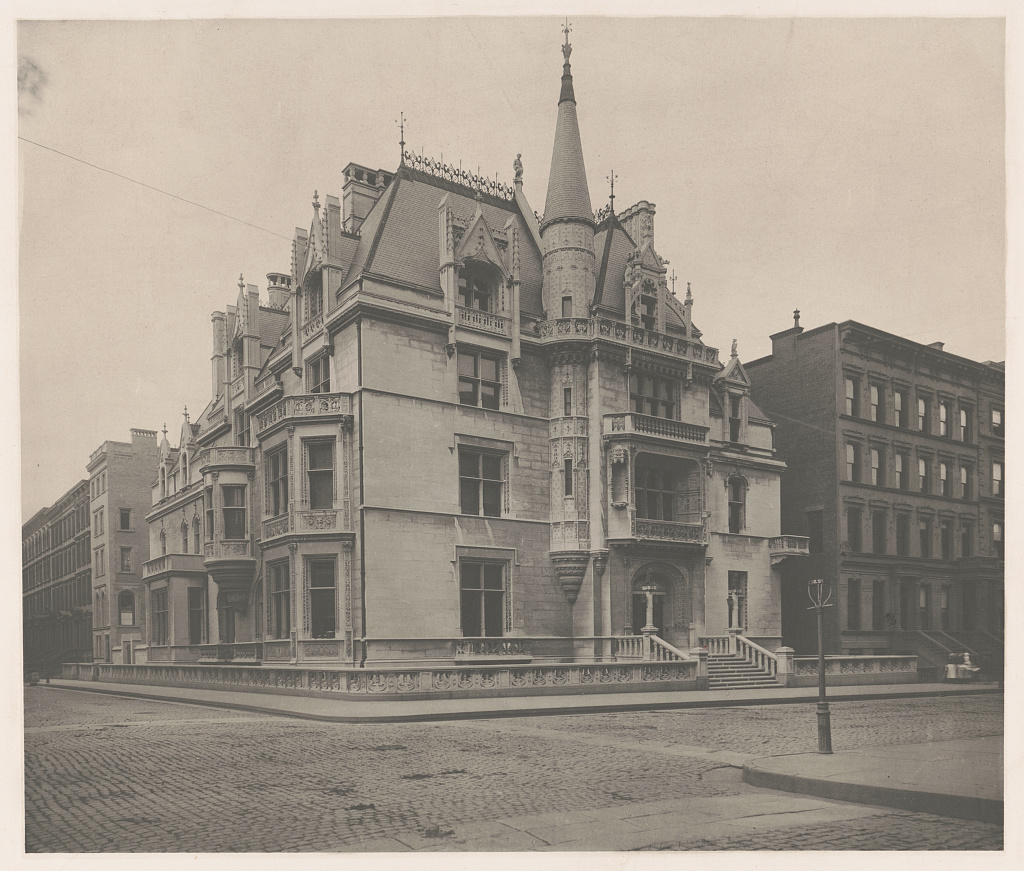 Library of Congress
Library of Congress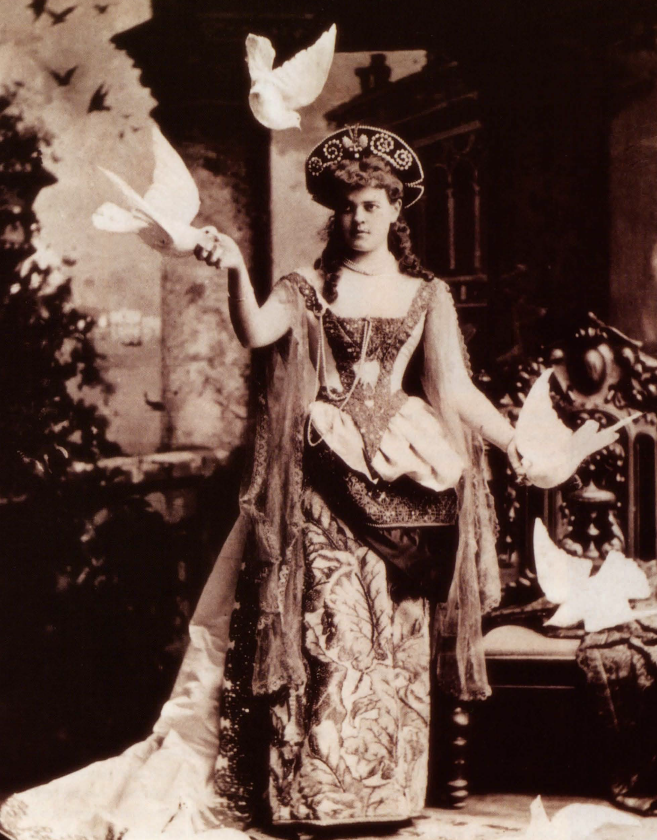 Alabama Heritage Magazine
Alabama Heritage MagazineAlva was only getting started. After William H. Vanderbilt died in 1885, leaving his son William K. an estimated $65 million, Alva started spending that money. She bought jewels, artwork, and the largest yacht in the world at that time, named after herself. Then, she commissioned a grand mansion in Newport, Rhode Island, called Marble House, which was finished in 1892. She made herself notorious with her ‘my way or no way’ attitude. She shocked her class when did something unheard of in 1895: she divorced her husband. Divorces did not happen in Gilded Age high society, separations did. But Alva was not common, she intended to do her things her way, especially if she was the first to do so. The reason for the divorce was William K.’s supposedly adultery; some sources claim he hired a woman to pretend to be his mistress just to give Alva an excuse to divorce him, due to their marriage growing loveless. Later that same year, she forced her daughter Consuelo to marry the Duke of Marlborough. Alva threatened to shoot Consuelo’s real love if she refused to marry the Duke. Alva, herself, was married the following year, to Oliver Hazard Perry Belmont, one of William K’s old friends. Belmont was the son of wealthy banking family, and their marriage insured that Alva would still live a life of luxury.
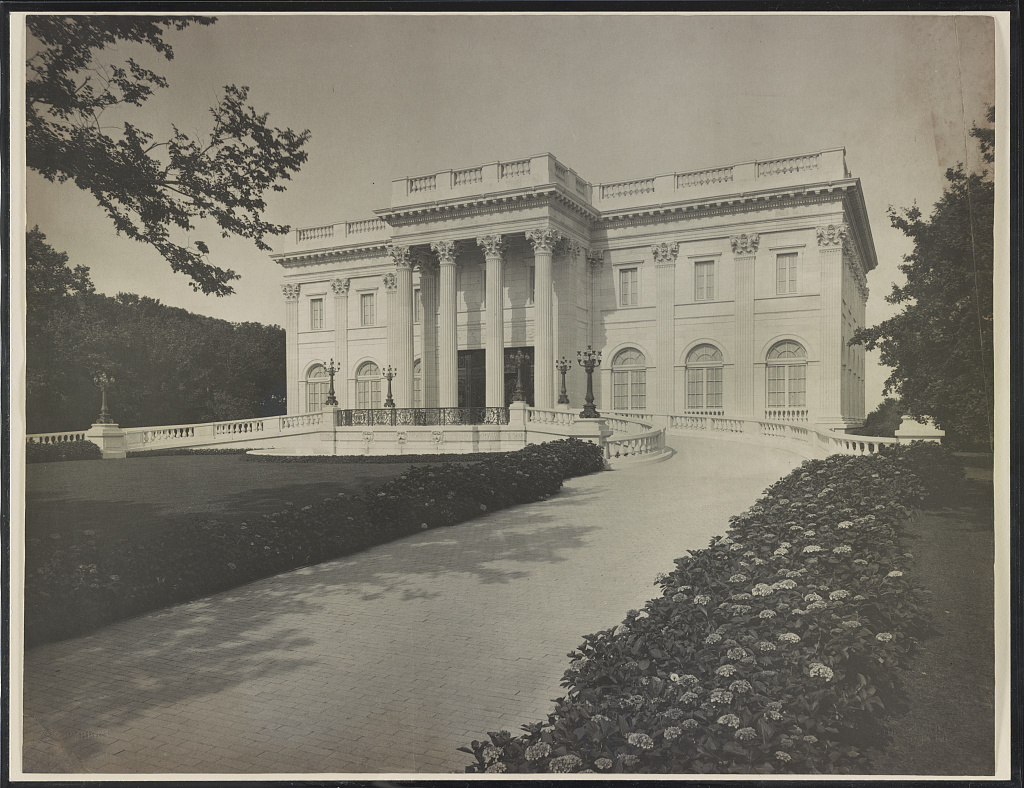
Library of Congress
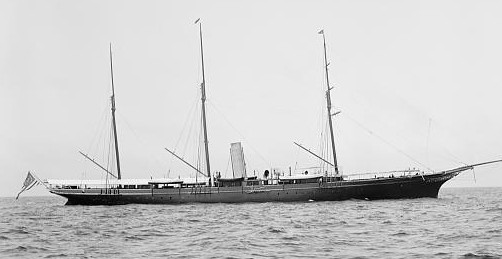
Library of Congress
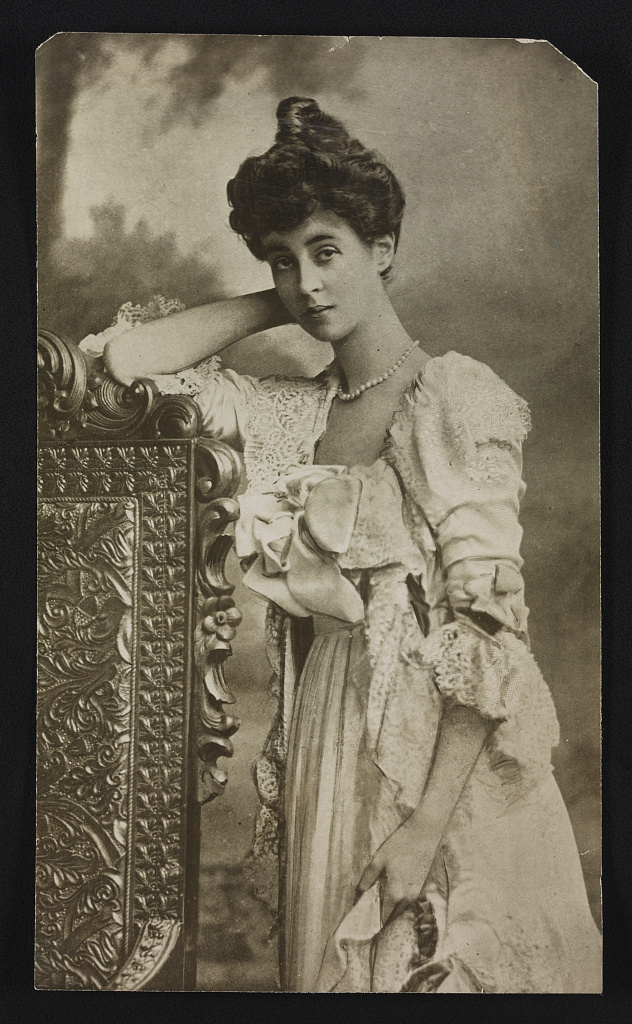 Library of Congress
Library of Congress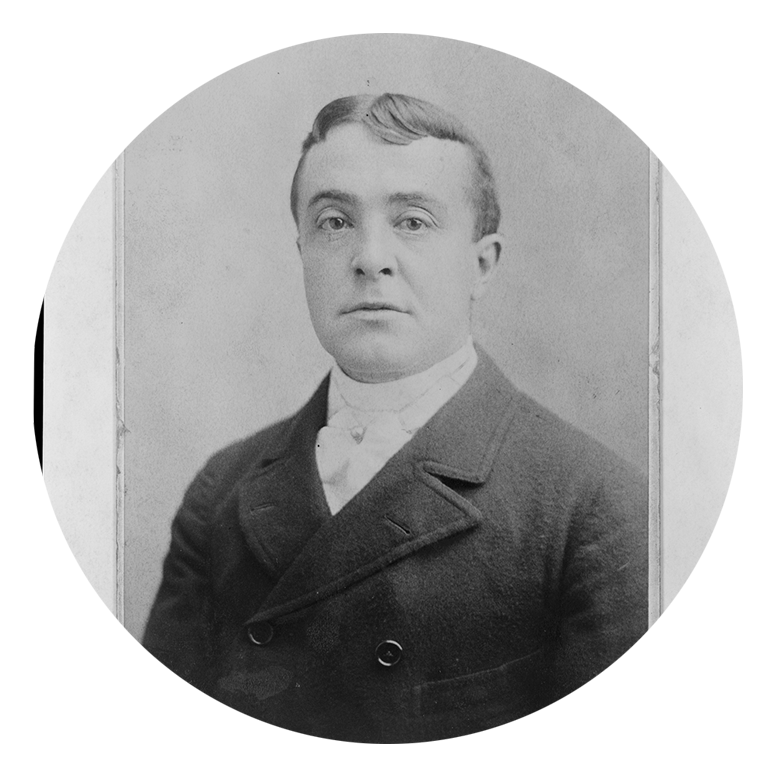
Belcourt of Newport
As quickly as she turned the world of high society upside down, redefining the scales of grandeur and expenditure within, she walked away from it. And high society was glad to see her go and became horrified when she became a suffragist. After Oliver Belmont’s death in 1908, Alva threw herself into the women’s suffrage movement. In 1909, she opened Marble House for a suffrage symposium, with herself being the headlining speaker. That same year she created the Political Equality League to get votes for politicians who supported suffrage. In 1912, she led the Political Equality division of the Women’s Vote Parade in New York City. In 1916, she and Alice Paul established the National Woman’s Party and organized picketing in front of the White House. She would be president of the NWP until her death and would purchase a headquarters for the party in Washington D.C., which is now Belmont-Paul Women’s Equality National Monument. Alva Belmont died January 26, 1933. At her funeral, her casket was carried with female pallbearers at Saint Thomas Episcopal Church in New York City. She is buried with Oliver Belmont at Woodlawn Cemetery in The Bronx. A fascinating and iron-willed woman, Alva left her mark on the Vanderbilts, the Gilded Age, and ultimately, American history.
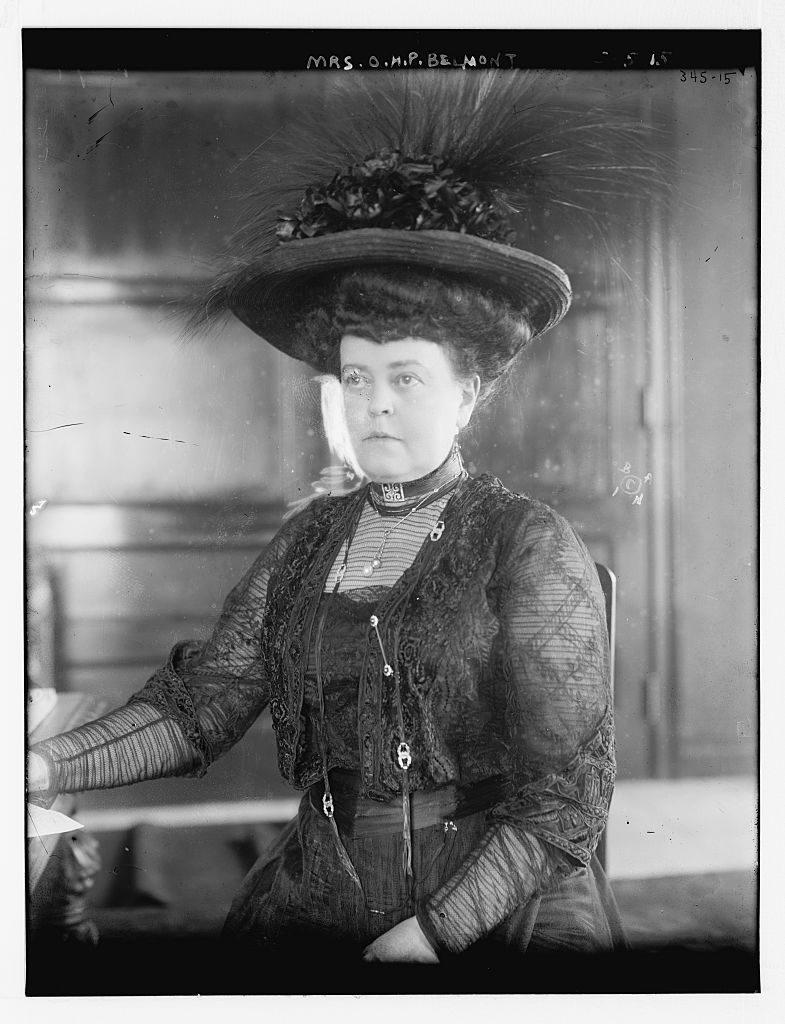 Library of Congress
Library of Congress
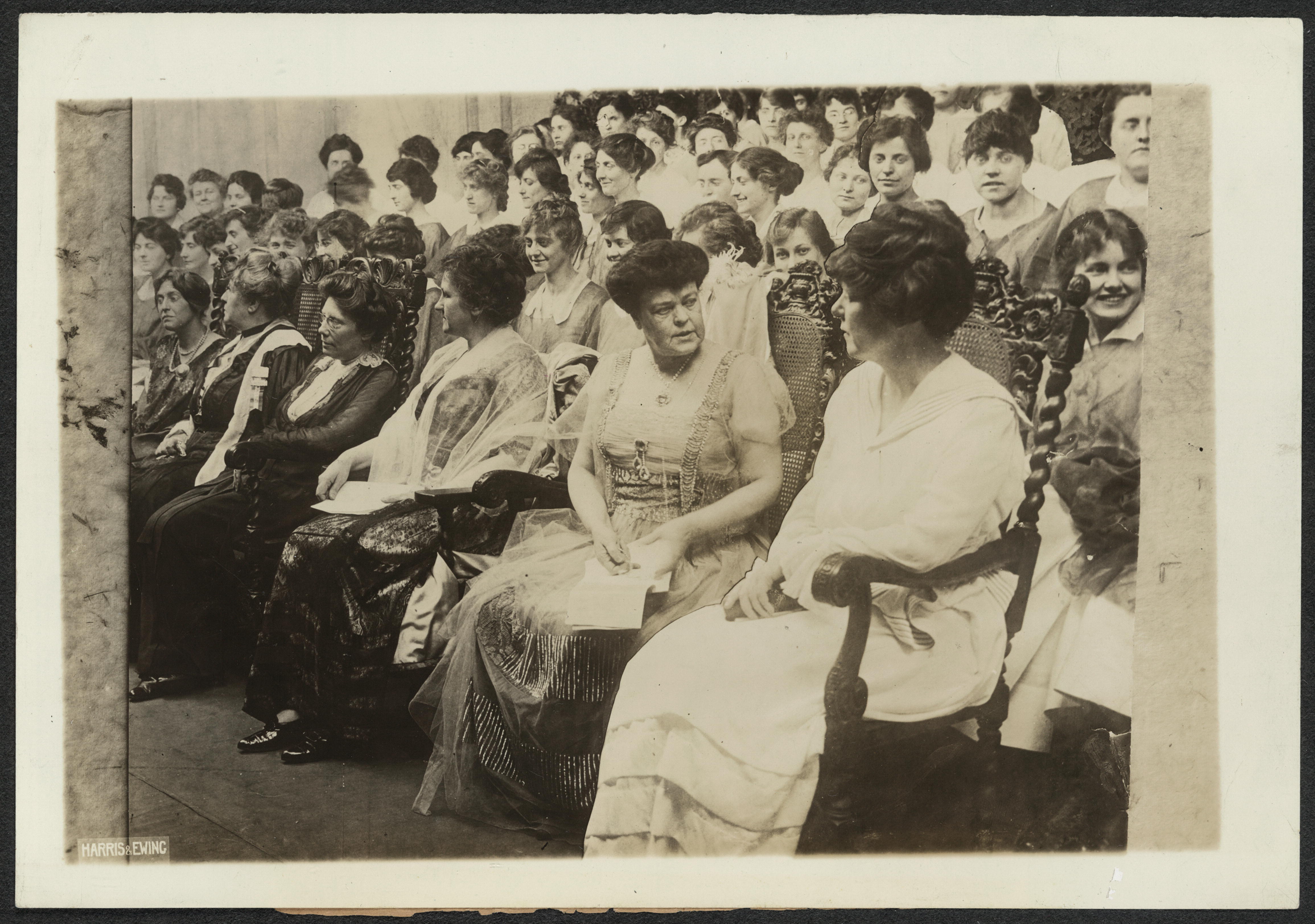 Library of Congress
Library of Congress
 Library of Congress
Library of Congress
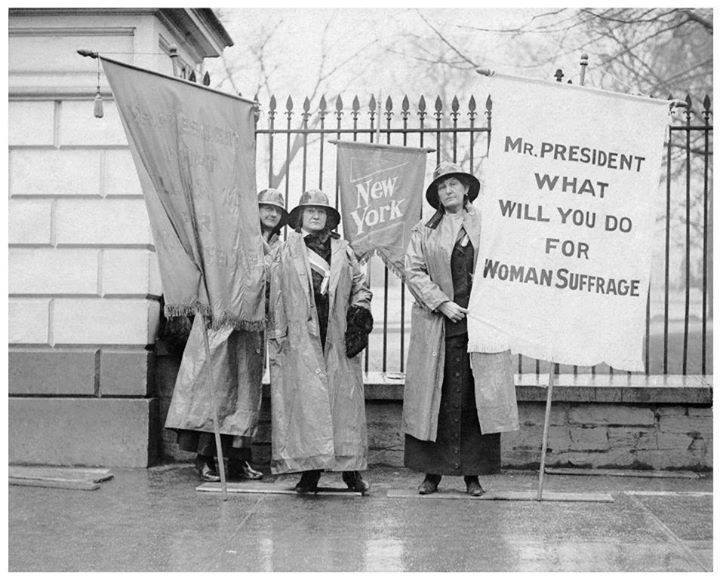 Ms. Magazine
Ms. Magazine

National Park Service
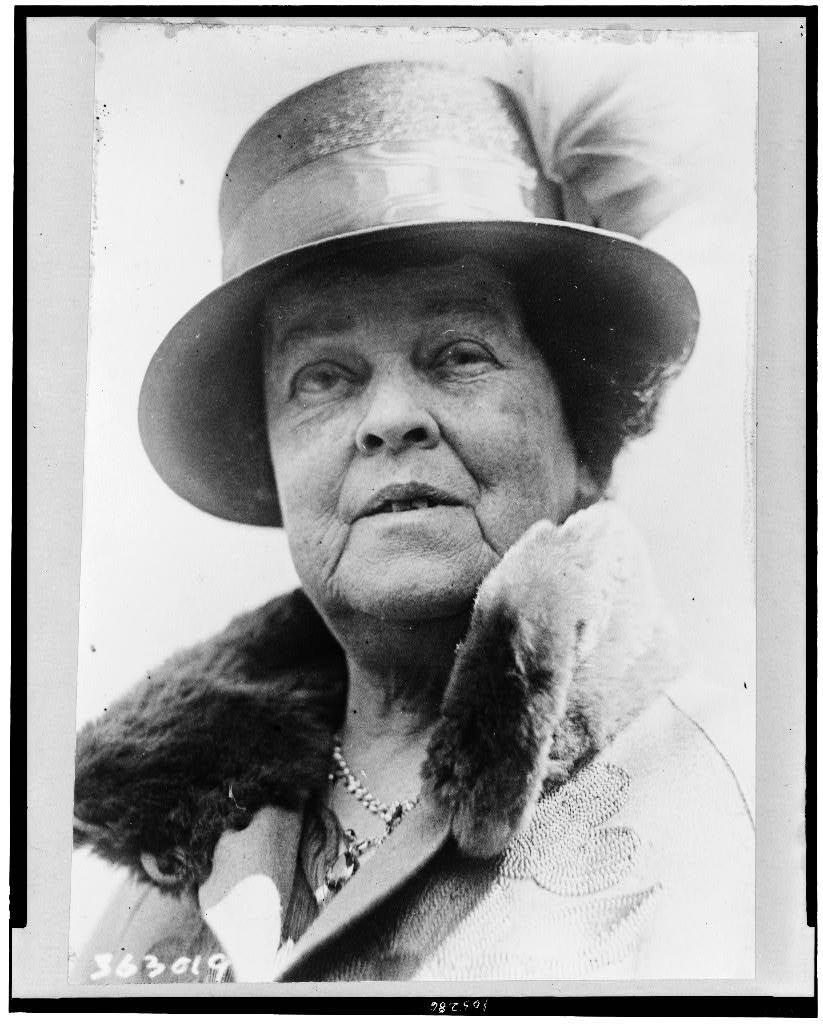 Library of Congress
Library of Congress
Bibliography:
Vanderbilt, Arthur T. Fortune's Children: The Fall of the House of Vanderbilt. New York: William
Morrow, 1989.
